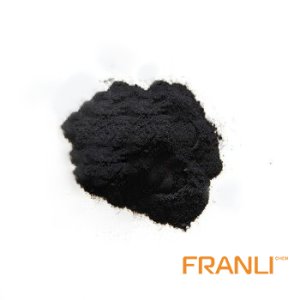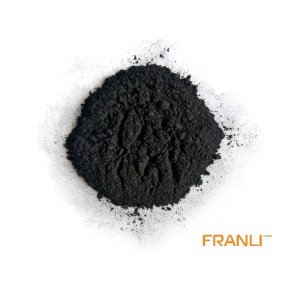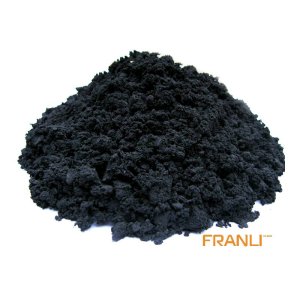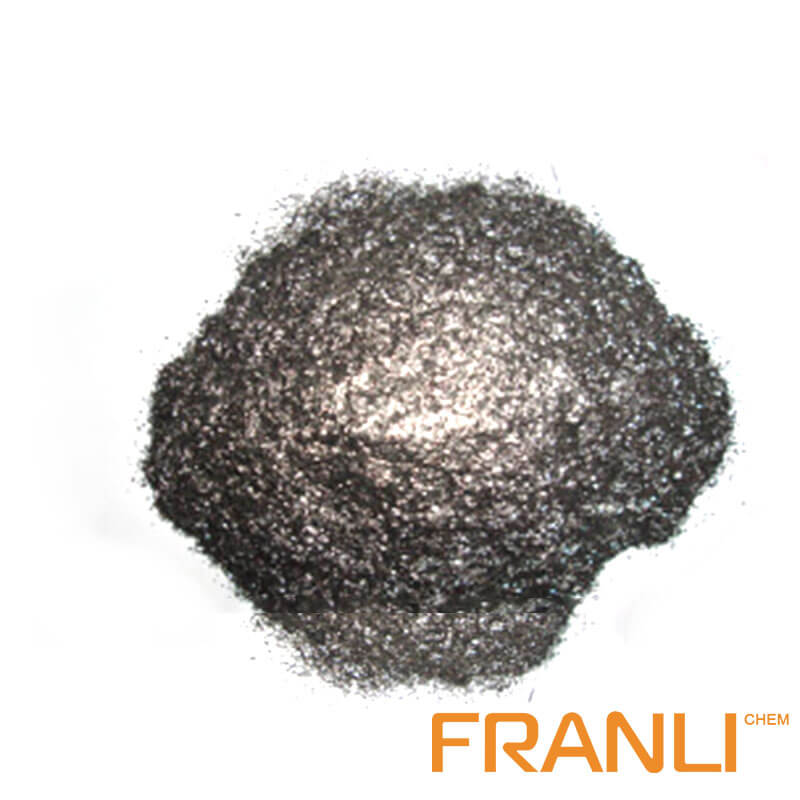
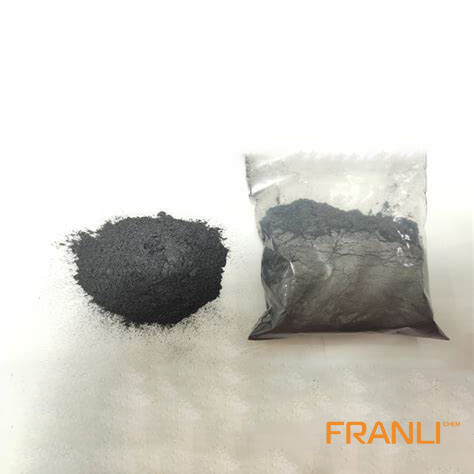
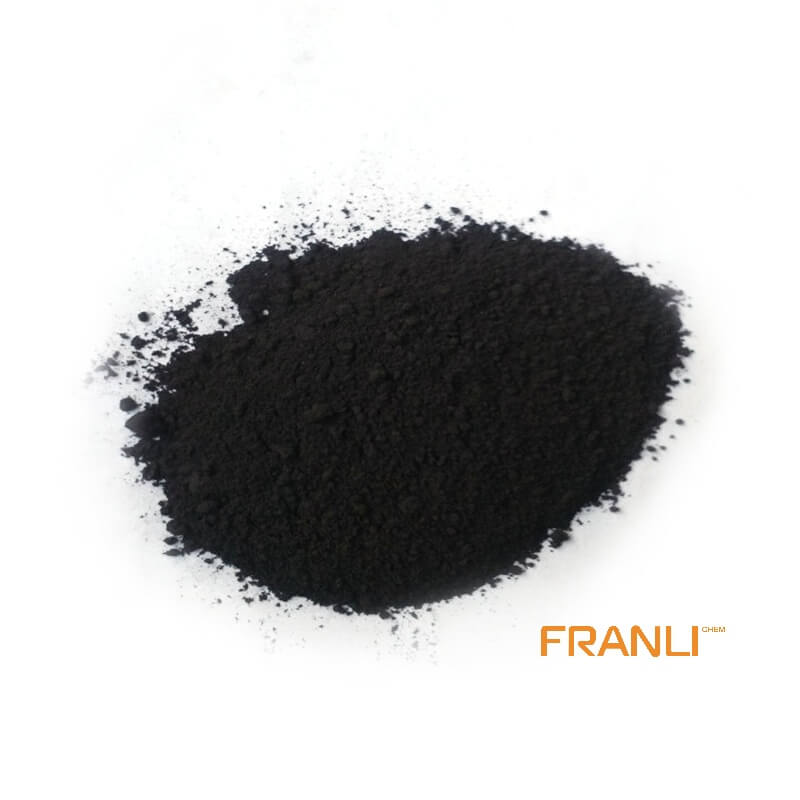
Flake Graphite
Size
0.01mm
Carbon Content
99%min
Package
25kg small bags into ton bags
Origin
China
Features
thermal shock resistance, lubricity, conductivity and plasticity…
Application
Lead battery plates positive and negative conductive agent, lithium batteries nickel hydrogen etc
Natural flake graphite has superior physical and chemical properties and is widely used in metallurgy, coatings and refractory industries. It is an important non-metallic raw material that is indispensable for today’s high-tech. Flake graphite is divided into large flake graphite and fine flake graphite according to the size of its scales. Usually, large flakes refer to +32 mesh, +50 mesh, +80 mesh, and +100 mesh flake graphite. Flake graphite below these meshes is called Fine flake graphit
Request a quoteFlake graphite is a type of natural graphite that is formed from metamorphic processes of carbon-rich sediments. It is known for its high thermal and electrical conductivity, as well as its ability to withstand high temperatures without degrading or melting.
Due to its high thermal stability, flake graphite is considered to be a fire-resistant material. It can withstand exposure to high temperatures without catching fire, and it can also help slow down the spread of flames due to its non-combustible nature.

Flake graphite is a good refractory material
In addition to its fire resistance properties, flake graphite is also used in various applications for its lubrication and heat dissipation properties. It is often used as a component in fire retardant materials, such as coatings and insulation, to improve their performance and durability. Refractory materials are those that withstand high temperatures and are resistant to erosion, corrosion, and thermal shock. Flake graphite is a good refractory material due to its high melting point, low thermal expansion, and excellent thermal conductivity.
When used as a refractory material, flake graphite is mixed with a binder to form a paste. This paste is applied to the surface of a furnace or other high-temperature equipment, where it hardens and forms a protective layer. This layer helps to prevent the equipment from cracking or eroding due to exposure to high temperatures or corrosive substances.
The fire resistance of flake graphite is also excellent due to its ability to withstand high temperatures and exposure to flames. It has high electrical conductivity as well as good mechanical strength, making it useful in various industrial applications. Additionally, flakes of graphite can be mixed with other materials to make a composite material with fire-resistant properties, such as graphite-reinforced polymers. However, like all materials, flake graphite has its limits and should not be exposed to temperatures above its maximum operating temperature for prolonged periods.
Refractory products | Fire resistance of flake graphite
That are able to withstand high temperatures and thermal shock. Flake graphite has a low thermal expansion coefficient and good thermal conductivity, which make it suitable for use in refractory materials.
Refractory products made with flake graphite can be used for a variety of high-temperature applications, such as graphite crucible, lining furnaces, kilns, and incinerators. They are also used in the production of ceramic and glass products.
In addition to its fire resistance properties, flake graphite also has good chemical resistance, which makes it suitable for use in corrosive environments. It is commonly used in the production of acid-resistant linings in chemical processing plants and other industrial applications.
Flake graphite is also used in a variety of other applications, including lubricants, batteries, and pencils. Its unique physical properties, including its excellent conductivity and high melting point, make it a valuable material in many industries.
Overall, flake graphite is a versatile material that has a wide range of applications in the refractory industry. Its unique properties make it an ideal choice for high-temperature, corrosive environments where other materials may fail.

